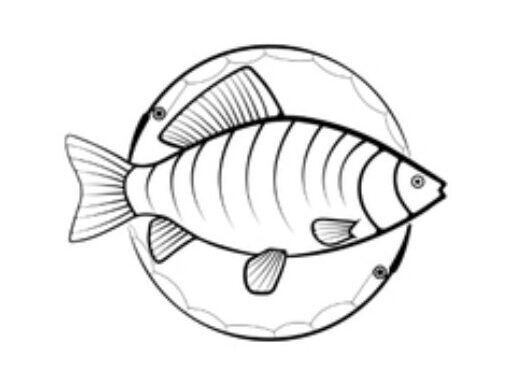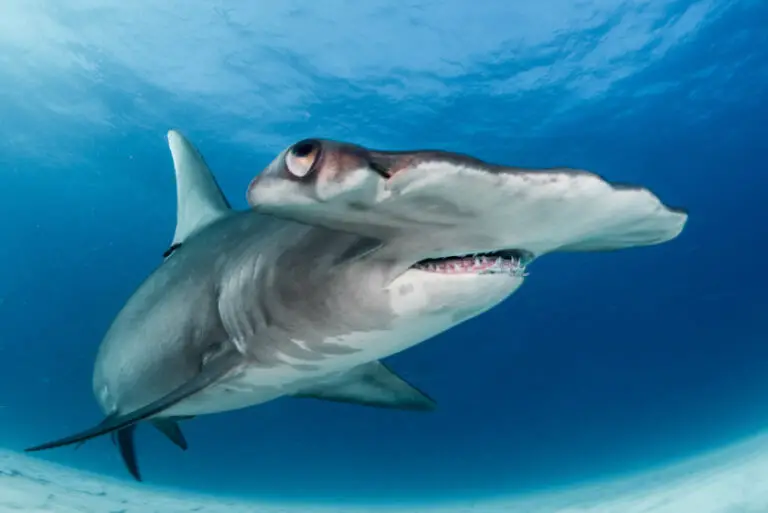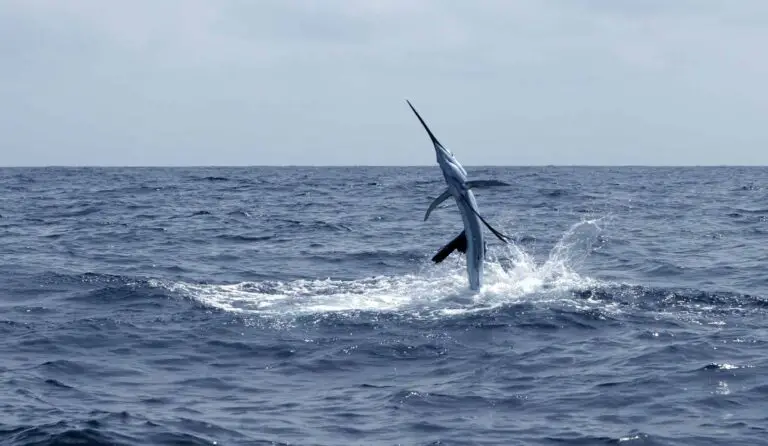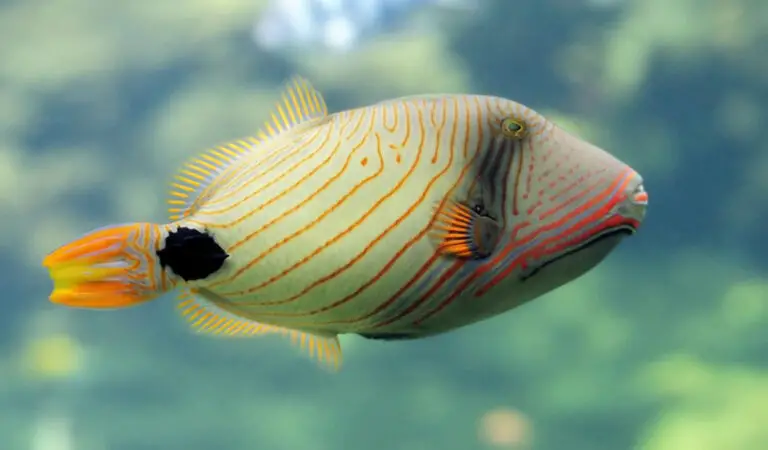Lionfish: Majestic Additions to Your Saltwater Aquarium
Lionfish are truly the supermodels of the ocean, boasting vibrant colors and regal fins that make them an enchanting sight in any aquarist’s collection. But behind their glamour lies an evolutionary mastery that has secured their place as one of the most intriguing species in the aquatic world. If you’re a saltwater aquarist looking to add a touch of exotic beauty to your tank, this comprehensive guide to keeping lionfish will arm you with the knowledge you need to showcase these stunning creatures responsibly.
From setting up the perfect home for your lionfish to witnessing the miracle of breeding in captivity, this post will cover every aspect of lionfish care, ensuring you not only enjoy their beauty but also contribute positively to the aquatic ecosystem.

Lionfish in the Wild and in Your Home
A Brief History and Origin
Lionfish, belonging to the Pterois genus, are native to the Indo-Pacific region but have also made great splashes in other oceanic waters due to their hardy constitution and adaptable nature. They were first reported off the coast of Florida in the 1980s, and since then, invasive lionfish populations have caused ecological concerns in the Atlantic. This has led to increased interest in lionfish husbandry as a way to both educate the public and potentially reduce wild populations through conscientious fishing.
The lionfish’s striking appearance is a subtle warning to predators that they are not to be trifled with — concealed within those ornate fins are venomous spines, a feature that has made them legendary in the ocean’s survival-of-the-fittest narratives.
Overview of Common Species
The lionfish family counts more than a dozen species, each with its unique charm. Some of the most popular species include the Red Lionfish (Pterois volitans), known for its red and white stripes, and the Devil Firefish (Pterois miles), which sports a color palette ranging from creamy white to fire engine red. Some enthusiasts also favor dwarf species for their smaller tanks, like the Fuzzy Dwarf Lionfish (Dendrochirus brachypterus).
Understanding the species you are interested in is crucial, as it paves the way for more effective care and a deeper appreciation of their specific needs and behaviors.
The Importance of Lionfish in the Ecosystem
While lionfish are voracious predators in the aquarium, they serve a critical role in keeping marine ecosystems balanced. In the wild, their diet consists mainly of small fish and crustaceans, thus controlling the population of their prey. It is imperative for aquarists to acknowledge and respect their natural behavior, striving for equilibrium in the tank that mirrors the ecology of the ocean.
Habitat and Tank Requirements for Lionfish
Ideal Setup, Size, and Environment
Lionfish, because of their venomous spines and predatory nature, require specific tank configurations to ensure their safety and the harmony of the surrounding aquatic life. A minimum of a 55-gallon tank is recommended for larger species, while the dwarf varieties can thrive in 30-gallon environments.
Aquascaping should be carefully designed to allow for ample hiding spaces while still providing open areas that allow them to stretch their fins and cruise. Rocks, corals, and artificial structures can create a network of caves and crevices that lionfish adore.
Water parameters are crucial for lionfish health. They prefer a consistent temperature ranging from 72°F to 80°F, with pH levels between 8.1 and 8.4. These optimal conditions mirror their native habitats and encourage natural behavior and growth.
Compatible Tank Mates and Community Guidelines
The predator-prey dynamic of the lionfish can complicate tank mate choices. Ideal companions are those too large to be considered prey and that occupy different areas of the tank. Species that fit this description include tangs, large angelfish, and some triggers. It’s best to introduce tank mates simultaneously with the lionfish and from a young age, to prevent aggression and establish a hierarchy.
Community guidelines must be followed strictly to avoid the lionfish’s venomous spines causing harm to others in the tank. For all their beauty, these fish are also solitary and aggressive by nature, a trait that is important to consider when planning the community around them.
Feeding Habits and Nutritional Needs
Lionfish are carnivorous and enjoy a diet of meaty foods. In the wild, they are known to consume a wide variety of prey, which should be replicated in the aquarium. Feeding them a mix of fresh or frozen fish, shrimp, and other seafood will provide the necessary nutritional balance. Live food can be given occasionally to stimulate hunting instincts, but with caution, as live prey can stress lionfish if not eaten promptly.
Supplements can also be added to their diet to ensure they receive all the essential vitamins and minerals that they might not otherwise acquire from their meals. This includes vitamin-enriched foods and periodic treats like pieces of squid or krill.

Lionfish Care and Maintenance
Water Quality and Maintenance
Maintaining pristine water conditions is paramount for lionfish care. Regular testing should be performed for ammonia, nitrites, and nitrates, with water changes as needed to keep these levels within acceptable ranges. A quality filtration system, such as a protein skimmer, can aid in managing the water quality and should be checked and cleaned on a routine basis.
Lionfish are relatively hardy, but even they are susceptible to diseases like fin rot, marine ich, and other common conditions. To prevent illness, maintaining a stable environment through consistent water quality is critical. It’s also advisable to quarantine new additions for a sufficient period to ensure they do not introduce pathogens into the main tank.
Health Concerns and Prevention
Many health issues in lionfish can be linked to stress. Signs of stress in these fish can manifest as loss of appetite, changes in coloration, and unusual hiding or swimming behaviors. Ensuring proper environmental conditions, a balanced diet, and careful acclimatization to water changes can go a long way in preventing these indicators of distress.
Should a lionfish fall ill, prompt action is necessary. Isolating the affected individual to a quarantine tank will prevent potential spread to other tank mates. Consulting with a veterinarian experienced in fish medicine or with a knowledgeable aquarist can provide a course of treatment that ensures the health and well-being of your fish.
Behavioral Observations for Early Detection
Regular observation and familiarity with your lionfish’s behavior is your first line of defense against health issues. Establish a routine of watching how and when they feed, how they interact with tank mates, and their typical activity levels. Any deviation from these norms could be a sign of an underlying problem.
Keeping a journal or log of your observations can help track any changes over time and provide valuable information for decision-making if intervention is needed. Quick action in addressing concerns will not only benefit your lionfish but also the entire tank community.
Breeding and Reproduction of Lionfish in Captivity
Challenges and Successes in Breeding Programs
Breeding lionfish in captivity has been both a challenge and a triumph for aquarists and marine biologists. The complex mating ritual and the symbiotic relationship between the male and female make it an enchanting but difficult process to replicate in a controlled environment.
There have been several successful breeding programs, and insights from these can offer hope and opportunities for home breeders. Understanding the behavioral cues that signify readiness for mating and providing the right environmental conditions, including proper lighting and shelter, have proven critical in successful captive breeding efforts.
Ethical Considerations for Home Breeders
For those considering breeding lionfish at home, ethical considerations must be at the forefront. Ensuring the welfare of the breeding pairs and any offspring, as well as having a plan for the offspring’s placement, is essential. Home breeding should never be undertaken without thorough research and a clear understanding of the time, resources, and ethical responsibilities involved.
There is also the broader ethical consideration of potential negative impacts on wild populations. Breeding programs should be managed with care to minimize any possibility of hybridization or weakening of the genetic diversity of wild lionfish.
The Impact of Captive-Bred Lionfish on Wild Populations
While the aim of breeding programs is often to reduce the demand for wild-caught fish, this is a delicate balance. The presence of captive-bred lionfish in the pet trade has the potential to alleviate the pressure on wild stocks; it’s vital that efforts are made to ensure the health of captive-bred lions and to observe how they integrate into aquarium ecosystems.
Captive breeding also provides a unique opportunity to study these majestic creatures up close, learn about their biology, and educate the public on the importance of conservation efforts. If managed responsibly, it can contribute to a deeper understanding and appreciation of lionfish and their place in the ocean’s rich tapestry.
Conclusion: Responsibility and Appreciation
Lionfish are a testament to the beauty and diversity of life in the ocean. By welcoming them into our homes, we take on the dual roles of custodian and aficionado. The care and respect afforded to lionfish in home aquariums are not luxuries but responsibilities that come with the privilege of their presence.
Through responsible care, observance of their natural behaviors, and contribution to conservation efforts, the beauty of lionfish can be enjoyed while ensuring their well-being and that of the larger marine community. Remember, every aquarist is a steward of the aquatic world, and our actions, no matter how small, ripple across the ocean.
For further study and to connect with a community of fellow enthusiasts and experts, there are numerous resources available, including online forums, local fish clubs, and conservation organizations. Make the most of these to continue your adventure in lionfish husbandry and contribute to a lasting legacy of aquatic conservation.







